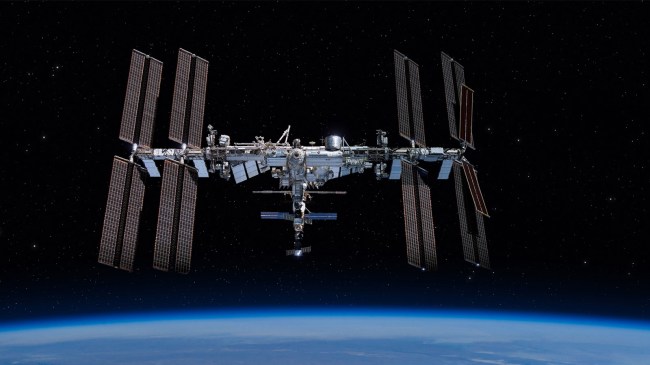iStockphoto
In June, two astronauts boarded the Boeing Starliner for a trip to the International Space Station that was supposed to last for eight days only to find themselves dealing with a bit of a nightmare that may prevent them from returning to Earth until 2025.
If you’ve been paying attention to the news in 2024, you’re likely aware Boeing has had a very rough year since the door of a 737 Max 9 was ripped off midway through a flight in January.
That incident sparked an investigation that led to the discovery of loose parts in other aircraft, and the manufacturer came under further scrutiny in May after one of its planes was filmed skidding down the runway due to faulty landing gear shortly before another caught on fire while attempting to take off.
Boeing has also found itself dealing with plenty of headaches courtesy of the Starliner project that led to it landing a contract with NASA in 2014 after the agency launched a search for new partners who could design and build crafts used to transport astronauts to and from the International Space Station (SpaceX also placed a winning bid).
The development of the Starliner was hampered by production delays and setbacks that have caused Boeing to go over budget by $1.5 billion, but it did get a chance to put its work to the test in June when NASA astronauts Sunita Williams and Barry “Butch” Wilmore hopped aboard the Starliner for a trip to the ISS that was supposed to last for eight days.
Unfortunately, the duo has been stranded on the orbiting laboratory since arriving due to thruster issues and propellant leaks that led to the powers that be ruling it was unsafe for them to attempt to make a return trip on the Starliner.
Williams and Wilmore seemed to be in pretty good spirits when they assessed their situation in June, but it’s hard to believe they’re thrilled about the latest development.
According to the BBC, NASA held a press conference on Wednesday where officials said it’s possible the astronauts will be stuck in space until 2025 while floating a possible solution that would involve leaving two seats on a SpaceX shuttle vacant when it heads to the ISS in September for a mission that would require them to remain in the satellite until February (the unmanned Starliner would return to Earth in September under computer control to free up a docking spot if that route is harnessed).
Boeing is still running tests on the Starliner in the hopes of diagnosing the issues that have hampered the mission, and NASA says there’s still a chance Williams and Wilmore can use it to get back to Earth before next year.
The astronauts are also adequately supplied, but you have to imagine they’d prefer to avoid an ordeal that ends with an eight-day mission turning into one that ends up lasting eight months.

